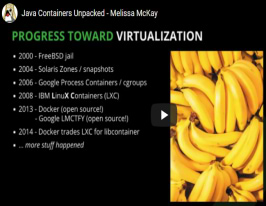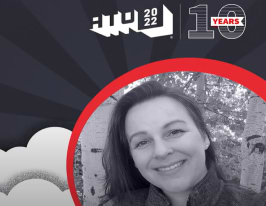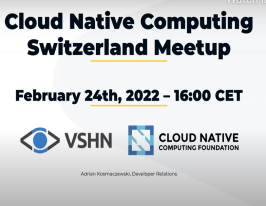What Do I need to Know about Security? @ All Things Open 2022 (Raleigh)
Speaker: Melissa McKay, Developer Advocate & Docker Captain @JFrog
December 28, 2022
< 1 min read
Title: Confessions of a Vulnerable Developer: What Do I Need To Know About Security?
Abstract: The lines between development, operations, and security have become blurred. Originally a way to divide and conquer, we are coming to realize that the resulting silos from separating out the different types of expertise are not in the best interest of anyone that uses software products and services. Security, especially, is something that needs to be considered as early in the software lifecycle as possible. But what does this mean for developers? What does a developer need to know about security and what are the practical implications? It can feel overwhelming at first, but don’t fret! Join Melissa McKay to learn some security basics and about free and open-source tools to add to your developer’s toolbox. You will leave with the knowledge that will provide immediate value, allowing you to continue coding with confidence as well as improve the security of your software.
Find more info about All Things Open:
On the web: https://www.allthingsopen.org/






